Search Images
Browse Content (p. 1252)

Image
Choragic Monument of Lysicrates
Choragic Monument of Lysicrates
Dedication: 335/334 BCE
Location: Athens, Greece
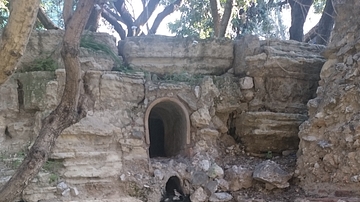
Image
Water Supply Systems at the Acropolis
Pipes and cisterns installed by Peisistratus at the Acropolis for the supply of fresh water in Athens. 6th century BCE.
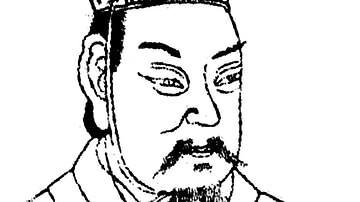
Image
Cao Cao, Idealised Portrait
A 17th century CE idealised portrait by Wang Qi of the North China warlord and military dictator Cao Cao (d. 220 CE).
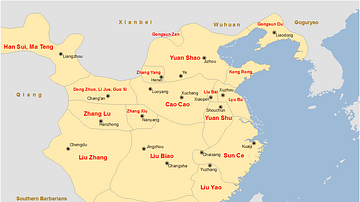
Image
China Warlords, 2nd-3rd century CE.
A map showing the territories of the main Chinese warlords at the fall of the Han dynasty in the early 3rd century CE.
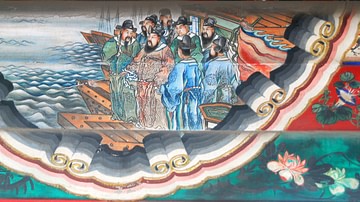
Image
Cao Cao, Battle of Red Cliffs
Cao Cao (d. 220 CE), the Chinese warlord, recites a poem prior to the Battle of Red Cliffs. (Summer Palace Beijing)
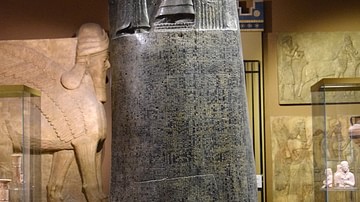
Image
Hammurabi's Law Code
A diorite stele with an inscription of Hammurabi's code of laws. Susa, Babylonia, 18th century BCE. Cast of the original now in the Louvre, Paris. (Pushkin Museum, Moscow)
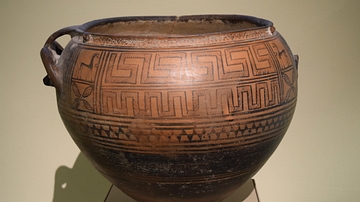
Image
Melos Geometric Krater
A krater from Melos with geometric design. By the Rottiers painter, 8th century BCE. (Pushkin Museum, Moscow)

Image
Hercules Captures Cerberus
Hercules capturing Cerberus (Kerberos), the hound of Hades. Detail from an Attic black-figure amphora, c. 530 BCE.
Pushkin Museum, Moscow.
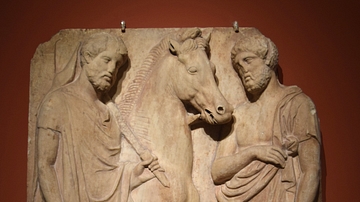
Image
Athenian Horseman Grave Stele
The marble grave stele of an Athenian horseman. Attica, 370s BCE. (Pushkin Museum, Moscow)
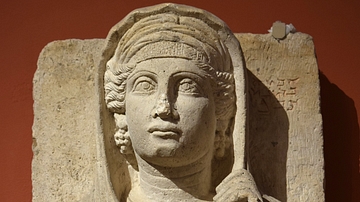
Image
Palmyra Grave Stele
A sandstone grave stelw from Palmyra, Syria. Known as the grave stele of Abkha, daughter of Akhou. 2nd century CE. (Pushkin Museum, Moscow)